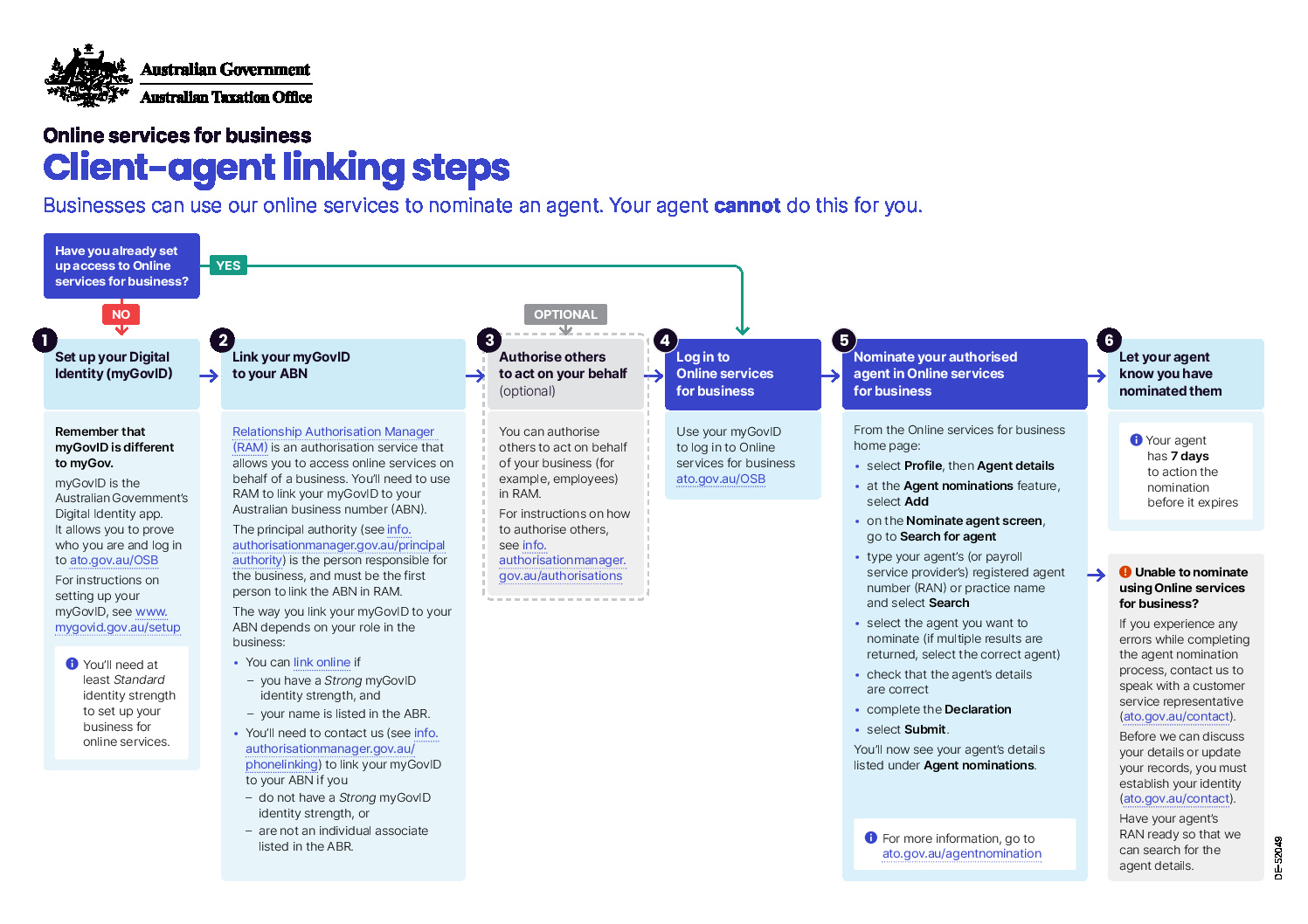The debate over active versus passive investing has raged since the 1960’s and 1970’s when Jack Treynor and Bill Sharpe developed the Capital Asset Pricing Model. That work was the foundation for Eugene Fama and Kenneth French who developed the basis of the Efficient Markets Hypothesis.
The Efficient Markets Hypothesis
The Efficient Markets Hypothesis basically says that all information (about a stock) is continuously and instantaneously embedded into the price of securities at any given time. This theory implies that all humans are perfectly logical and rational decision makers. By extension then, no-one can outperform the whole sharemarket because all that can be known about a stock is already in the price.
As a result, one could surmise that the academic approach is to simply own all securities in the market at the ratio of their current market value over the total market. This method is called indexing. To be more specific, ‘Cap Weighted Indexing’ with the ‘Cap’ being shorthand for ‘Market Capitalisation’. For example, this week the market value of all the shares in CBA was $126.3 billion. At that price the company makes up 7.27% of the value of all the companies in the ASX200 index.
So, a cap weighted index investor would be putting 7.27% of his or her investment into CBA. The tenth largest stock in the ASX200 is Woolworths, with a market capitalisation of $37 billion, so it would only get 2.1% of your money.
Cap weighted indexing provides very broad diversification, and according to academia, that is a good thing!
But stepping outside of academia, what do the world’s greatest investors have to say on diversification?
Peter Lynch, in his book, One up on Wall St, he coined the phrase diworsification to make the point that making more investments into substandard opportunities, only for the sake of ‘diversification’ would likely make you worse off. This was the advice from a man who made 29% per annum from 1977 to 1990 for the Fidelity Magellan fund.
Another name that needs no introduction is Warren Buffett. His view is “diversification is protection against ignorance. It makes little sense if you know what you are doing.” He was effectively saying the same thing as Peter Lynch.
However, even Warren Buffett gave indexing a thumbs up in 2014 when he said he would instruct his widow to put the money she inherits at a 90/10 ratio into S&P500 index funds and bonds. In my way of thinking the advice is coloured by two important factors. 1. with the amount she will have, even a 40% decline in values won’t leave her starving, and 2. he is very conscious that consistent out performance of an index becomes very difficult when you are managing $290,000,000,000 as he and Charlie Munger are at Berkshire Hathaway.
From 1965 till 2017, Berkshire Hathaway shares have grown at 20.8% per annum, over which time the S&P 500 grew at 9.7% per annum. Clearly smart investors can outperform the market.
But let’s revert to the active vs passive question, and ask, ‘what are the characteristics of a portfolio manager that can outperform?’
For that answer we rely on two studies. Affiliated Managers Group is a company that buys into active funds management businesses. They are very incentivised to know what makes a market beating manager. In their 2014 white paper, “The Boutique Premium” they categorised ‘boutique fund managers’ as managers where the people making the portfolio decisions own at least 10% of the company, they manage less than $100 billion, and investment management is the sole business line.
They found that in the well researched asset universes, such as large cap US stocks, only around 50% of the boutiques outperformed the index. So it is basically a coin toss as to whether your ‘boutique’ manager will outperform the large well researched and hence ‘efficient’ markets like the S&P 500. But even in that market, the top 10% (decile) of fund managers outperformed by more than 6% per annum after fees.
What was of more interest was that in the global shares, smaller companies, and emerging markets, boutique managers had an excellent track record of outperformance. In both emerging market and small companies, these boutique managers outperformed by more than 2.5% per annum on average. The top decile managers in those markets outperformed by more than 11% per annum.
Macquarie Investment Management drilled into this argument from a different angle, comparing those managers who run a ‘Core’ portfolio and those who run a ‘Concentrated’ portfolio.
The mandate of the ‘Core’ manager is to provide an index plus return with a medium risk profile. Typically this group would hold 50-120 stocks with a target tracking error of between 0.50 – 3.0%.
Tracking error means the percentage return above or below a benchmark. For example, if Fund X made 10.50% return for a year, and the index they were using as a benchmark returned 9.5%, then their ‘tracking error’ was 1.00%. As a perverse outcome, if that fund made 14.00% return, and the targeted ‘tracking error’ was 3.00%, then the manager might have some explaining to do, since the outperformance was above the targeted tracking error.
The second group that MIM tracked were those with a ‘Concentrated’ portfolio. These had an aim to deliver significant excess returns with a higher risk profile. They would typically hold 20-30 stocks with tracking error which could exceed 4.0%.
Here are their results.
| Concentrated excess over index | Core excess over index | |
| 1 year | 0.52% | -1.58% |
| 3 years (p.a.) | 1.47% | 0.09% |
| 5 years (p.a.) | 1.67% | 0.13% |
Source: MIM. As at 31 December 2016
MIM also analysed the range of potential outcomes for an investor that allocated $100k to both a portfolio of Core and Concentrated managers over 10 years. The outcomes for investors allocating to top performing, median and poorly performing portfolios can be seen in the table below:
Concentrated 20 to 30 stocks | Core 50-120 stocks | S&P/ASX 300 Index | |
| 5th percentile (worst) | $214,196 | $212,955 | |
| 50th percentile (average) | $242,852 | $221,235 | $227,470 |
| 95th percentile (best) | $285,472 | $236,830 |
Source: MIM. As at 31 December 2016
What is evident from the above is that:
- the median Concentrated portfolio outperformed the index over the period
- the median Core portfolio did not outperform the index over the period
- the best performing Concentrated portfolios delivered significantly better returns than both the Core portfolios and index
What is the final lesson for us for diversification?
We continue to strive for excellence. At times, and in some markets, cap weighted indexing may make sense. But if risk budgets can be structured to allow for a little bit more tracking error, then additional returns can be achieved.
Part of our role at Quill Group Financial Planners is to research and recommend managers who have proven that they can outperform. The second part of our work is to monitor such managers and look for any signs that their ability to outperform (their ‘alpha edge’) may be diminishing.
If you aspire to have better than average performance, let’s talk about who is best placed to manage your money. Of course investing in this manner doesn’t guarantee outperformance, but we know it can be achieved, and for that reason we never give up the search.













